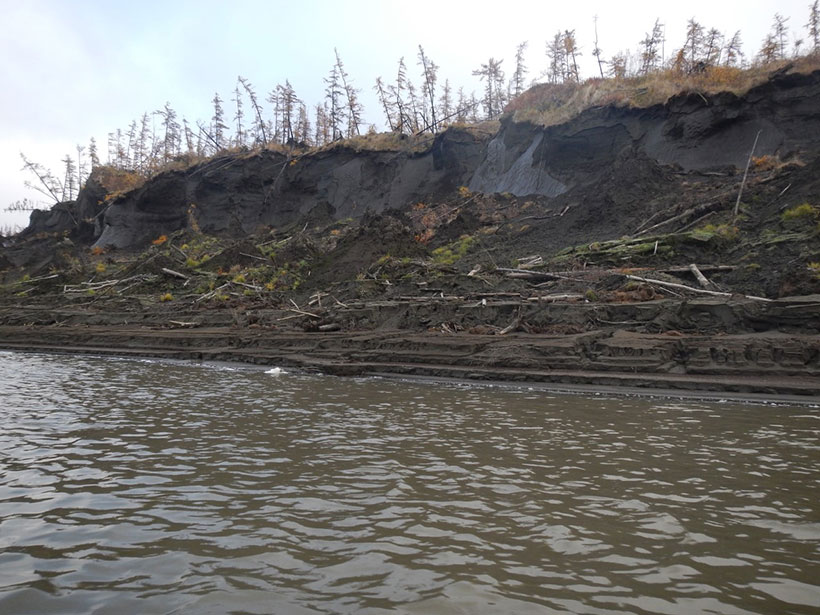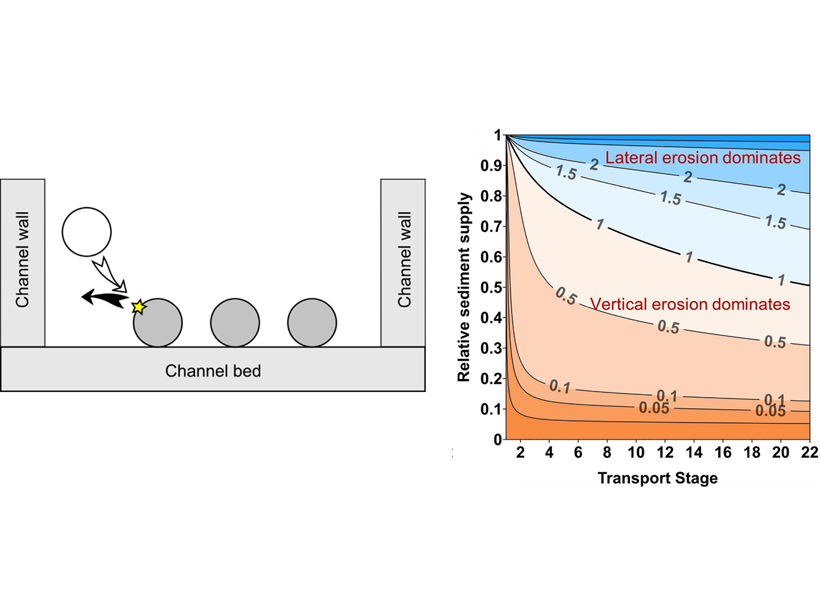Poor infrastructure is responsible for tens of thousands of pharmaceutical doses that flow through Baltimore’s streams each year.
rivers
西伯利亚科雷马河的多年冻土碳元素含量极小
新的研究发现,北极河流目前运输的多年冻土来源的溶解有机碳有限,这对理解该地区变化的碳循环及其加速气候变化的潜力具有启示意义。
Tree Rings Reveal a 700-Year Record of Flooding in Bangladesh
Trees tell of a wetter past along the Brahmaputra River and, combined with climate modeling, suggest heightened future flood risks in one of the world’s most densely populated areas.
New Contamination Concern for Colorado Streams
Abandoned hardrock mines and climate change cause metals and other elements to leach into streams. They also put rare earth elements into the water, a new study finds.
Impacts by Moving Gravel Cause River Channels to Widen or Narrow
A new analytical model describes how the amount and grain size of sediment transported by rivers influences bedrock channel width, which can be used to predict where rivers will widen or narrow.
Minimal Evidence of Permafrost Carbon in Siberia’s Kolyma River
New research finds that Arctic rivers currently transport limited permafrost-derived dissolved organic carbon, which has implications for understanding the region’s changing carbon cycle—and its potential to accelerate climate change.
Building a Better River Delta
People have been engineering river deltas for millennia, but new research identifies the optimal placement for diversions that benefit both local communities and the environment—and it might be close to a city.
Irtysh River Drove Arctic Sea Ice Expansion 3 Million Years Ago
The Siberian river’s creation caused a massive influx of fresh water into the Kara Sea and radically changed the Arctic Ocean and Earth’s climate.
Analysis Reveals Patterns of Streamflow Generation Across USA
A new study transforms a classic conceptual framework into a quantitative classification of streamflow generation patterns.










